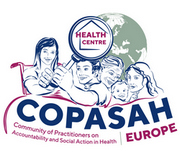
Direct Link to Full 6-Page Declaration: JNC-WG-Declaration-of-Feminist-Digital-Justice_2023.pdf (feministdigitaljustice.net)
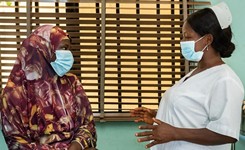
Cervical Cancer
Key Facts
- 17 November 2023 - Cervical cancer is the fourth most common cancer in women globally with an estimated 604 000 new cases and 342 000 deaths in 2020.
- The highest rates of cervical cancer incidence and mortality are in low- and middle-income countries. This reflects major inequities driven by lack of access to national HPV vaccination, cervical screening and treatment services and social and economic determinants.
- Cervical cancer is caused by persistent infection with the human papillomavirus (HPV). Women living with HIV are 6 times more likely to develop cervical cancer compared to women without HIV.
- Prophylactic vaccination against HPV and screening and treatment of pre-cancer lesions are effective ways to prevent cervical cancer and are very cost-effective.
- Cervical cancer can be cured if diagnosed at an early stage and treated promptly.
- Countries around the world are working to accelerate the elimination of cervical cancer in the coming decades, with an agreed set of three targets to be met by 2030.
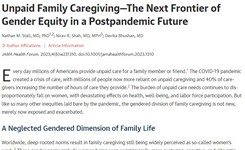
https://jamanetwork.com/journals/jama-health-forum/fullarticle/2805890
Unpaid Family Caregiving - The Next Frontier of Gender Equity in a Post-Pandemic Future
Nathan M. Stall, MD, PhD1,2; Nirav R. Shah, MD, MPH3; Devika Bhushan, MD
Author Affiliations Article Information
JAMA Health Forum. 2023;4(6):e231310. doi:10.1001/jamahealthforum.2023.1310
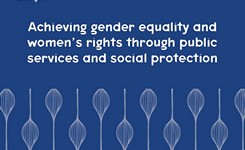
Direct Link to Full 42-Page GADN Briefing Document:
Evidenced by the lessons from recurring global economic shocks, governments and donors have increasingly begun to recognise the importance of the provision of care– a vital component of any well-functioning society and economy. The Covid-19 pandemic and other intersecting crises have exposed and exacerbated inequalities – not least the near-universal rise in women’s unpaid care work and the continued undervaluing of paid care work, which is disproportionately done by women. However, while the issue of care – and glaring gaps in its provision – is climbing up the global political agenda, the solutions being advocated are severely limited. Crucially, they fail to recognise the key role of care as a public good and do not adequately recognise the limits of privately funded care services in maximising potential benefits for gender equality and women’s rights. These shortcomings detract attention from the importance of increasing the fiscal space available to governments in order to fund quality gender-transformative public services and social protection.
Source: WUNRN – 18.01.2024
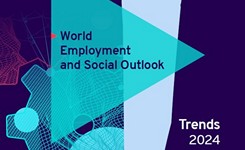
Direct Link to Full 120-Page 2024 ILO Report: wcms_908142.pdf (ilo.org)
Gender gaps in participation rates will persist. Over the forecast period, both male and female participation rates are expected to decline. Since the decline among women is anticipated to be more pronounced than that among men, the gender gap in participation rates will rise modestly. In 2025, the global participation rates of men will exceed those of women by 25 percentage points (the gap will be noticeably elevated, at 38 percentage points, in lower-middle income countries).
Source: WUNRN – 17.01.2024















